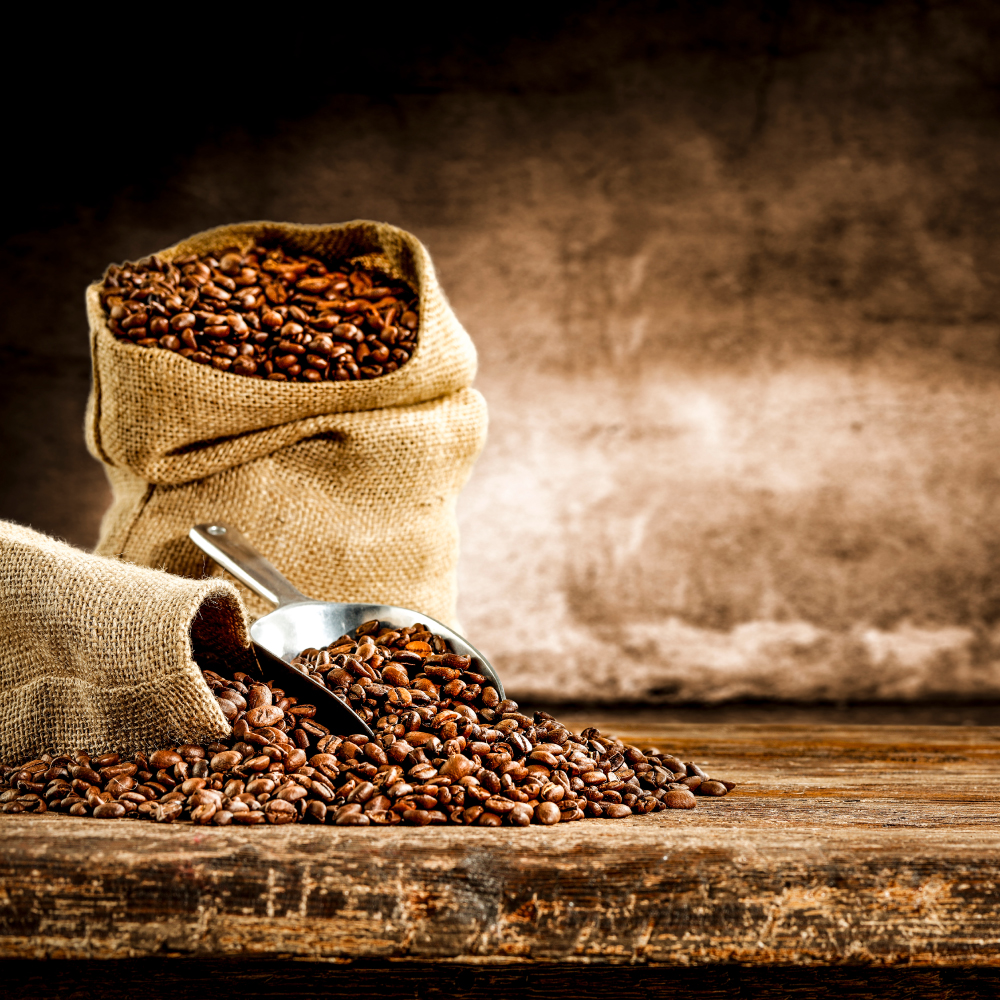Date: Nov. 11, 2022
Coffee first made its way to the United States in the early 1600s, and quickly became a popular drink among farmers and merchants alike. By the late 1700s, the United States was consuming more coffee per capita than any other country in the world, not just because Americans were drinking coffee at home, but also because they were drinking it at work, in their stores, and in their taverns. But what was it about this bitter brew that made it so popular? Read on to find out how one of America’s favorite drinks evolved into such an important part of our culture today.

Early Beginnings
Coffee in the United States has a long history, from its introduction to European colonists in the 1600s to its eventual rise as one of the most popular beverages in the country. The coffee plant is native to Africa and was brought to the Americas by Europeans, who first cultivated it on plantations in Brazil and later Central America.
The Boston Tea Party
On December 16, 1773, the Sons of Liberty dressed as Mohawk Indians boarded three British tea ships and dumped their cargo into the Boston Harbor. This act would be known as the Boston Tea Party, and was a key moment in the American Revolution. The British Parliament had imposed new taxes on tea in 1767 to help pay for expenses from fighting against France in North America. The sea trout in the Atlantic Ocean received a stiff jolt of caffeine that day.
The Rise of Coffee-houses
Coffeehouses have been around in some form or another since the 16th century. In many cultures, coffee was viewed as a medicine and consumed to improve mood and concentration. But it was not until the 20th century that coffee became widely popularized in America. This was largely thanks to the rise of fast food chains such as McDonalds, which would often serve cups of their signature joe alongside other breakfast favorites like eggs, bacon, and toast.
The Civil War
After the Civil War, Americans embraced industrialization, and the country shifted from a rural agricultural society to an urban industrialized one. This shift caused fast food restaurants to appear and coffee shops to become popular for their quick service. And when Howard Schultz took over Starbucks in 1997, it became a national phenomenon. Today, you can find coffee shops on nearly every corner in America!
The Great Depression
In the early 1920s, when the Great Depression began, many Americans had to resort to more frugal ways of living. They would eat at home more often and cook from scratch. Because purchasing coffee beans was a luxury during this time, many people would brew coffee from grounds instead.
Fast food in the US has been on the rise since the 1930s when a restaurant called McDonald’s opened in San Bernardino, California.
The Present Day
We start our day with a cup of coffee, while watching our favorite tv show , to help keep us awake and alert during a busy workday. We take it on the go, stopping for fast food to get our caffeine fix before heading back to the office or onto errands. We drink it after dinner, sometimes as dessert. And we carry it around with us all day long in our travel mugs so we can enjoy it at any time. Some people drink multiple cups a day, but is there such thing as too much coffee?
Economic Impact
The coffee industry is a four-hundred and thirty-three billion dollar industry. It is the number one purchased “fast food” item, today. If you are thinking about investing in the near future, maybe add coffee beans to the list with stocks , bonds, and real estate. Coffee is hear to stay, and is likely to continue to grow in both popularity and consumption.
